How do you back up your Mac locally and off-site or online so all your important photos and files stay safe and sound? Like this!
You absolutely have to back up your Mac. If you don't, one day — maybe tomorrow, maybe next week or next year — you will lose something important and irreplaceable and there will be nothing future you can do but curse at and blame past you. I don't say this to scare you. I say it to save you. Back up. Do it now. And do it like this.
Why do you need to back up?
One copy of your data is no copies at all. That's because hard drives and solid state drives (SSD) fail. They fail all the time. Two copies of your data is basically one copy, since there's a chance both could fail at the same time.
To make sure your data is safe you want to back it up in a way that minimizes the chance you could ever lose it. Realistically, that means a local back up as well as an off-site or online backup.
What's a local back up and how do you do it?
A local back up is literally taking a the data on your Mac and copying it to another drive in your home or office. Both copies are in the same place, so you can easily get to the back up when and if you need it, and either keep it up-to-date or restore from it if something bad happens to the original.
There are a couple ways to do a local backup. The first and easiest is with Apple's built-in Time Machine.
What's Time Machine and how do I use it?
Time Machine is the easiest way to get started with local backups. Because it's built right into macOS, there's no additional software to buy, you just need an external drive to get started. Time Machine is even supported by popular mass-storage (NAS) devices, so it can scale as much as you need.
Read how to easily back up and restore your Mac with Time Machine
Time Machine makes backing up your Mac a sort of set-it-and-forget-it experience. Once enabled, you literally don't have to do anything else. You just need an external hard drive to store the backups in.
Best external hard drives for Mac
What about 'cloning' for local back up?
The big advantage to cloning is that it makes a bit-for-bit copy of your drive which means that, if anything happens to your Mac, you can actually boot from the clone and get right back to work if you need to, before worrying about fixing your main drive or restoring any data.
I use SuperDuper! for this and rotate between two different backup drives. That way, I minimize the chance of losing anything should one of those drives fail. Carbon Copy Cloner will get the same job done, so you have options.
Learn how to easily clone your Mac using SuperDuper! or Carbon Copy Cloner
What's off-site backup?
Having a backup or two at home is fine unless there's a fire, flood, or theft that eliminates everything in your home, all at once. Same for the office, if your Mac and backups are all in the same place there as well.
So, to reduce that risk, you take one or more of your backup drives and store them at a different physical location. It should be a place that you trust with your data and is far enough away that any disaster striking your place won't also strike the secondary place. So, not the neighbors, but your parent's or sibling's place across town, your office, even a storage unit or safety deposit box at the bank a few blocks away would all be great.
The most convenient way to manage it is, if you're already rotating between two or more local drives, simply swap the local and off-site drives once a week or once a month, depending on your needs. Take the drive with your latest local back up to the off-site location and bring back the older one to update. Then swap again the next time.
This is also the best option if you have sensitive financial, health, or personal information you simply don't want to trust to an online service no matter how secure.
What about online or cloud backup?
We live in the age of the internet and, while local and offsite backups are a good enough solution to recommend them, there are considerable advantages to going to the cloud.
Similar to Time Machine, online backup "just works". You pay for a subscription, download a utility, start it up, and then it churns away in the background copying your data to giant server farms and updating it as and when needed.
There's typically also an option to send or receive hard drives, if you have a large amount of data, to get you started or in the event you need to recover.
BackBlaze and Carbonite are solid services that have been around for years.
How to back up your Mac to the cloud
What about iCloud, Dropbox, and Google Drive — can't you just use them?
If BackBlaze or Carbonite are like disk cloning in the cloud, iCloud, Dropbox, Google Drive, and the other storage providers are like copying a few important files over. They're incredibly handy to keep things in sync and to restore a few files here and there if and when you need to, but if you lose your entire Mac, unless you've stored a disk image, you won't be able to simply restore and go back about your business.
That said, most of them have free and cheap plans and are well worth using in addition to an online backup service because you can quickly and easily sync and recover files.
I use all three. iCloud automagically syncs and backups basic Mac files and lets me access them on iOS. Dropbox is where I store all my Mac document folders. Google Drive is what my company uses for documents.
Back it up. Just back it up.
Pick a date. Set a calendar reminder. Every time it goes off, check your backups and improve your strategy as needed. Even though backups always feel like tomorrow's problem, losing your data can profoundly screw up your today. And odds are it will happen at some point, so be ready.
Don't let past you destroy future you. Back up now.
If you already have a backup strategy, let me know what it is. If you don't already have one, let me know what you choose!
Updated September 2019: Updated for macOS Catalina.
Backing up: The ultimate guide
- Backing up: The ultimate guide
- Best backup services and programs for your Mac
- Best cloud service apps for your iPhone and iPad
- How to back up your Mac
- How to back up your iPhone and iPad
- How to back up your Apple TV
- How to back up your Apple Watch
- How to restore your Mac from a backup
- How to restore your iPhone or iPad from a backup
- How to restore your Apple Watch from a backup
- How to recover your files when you don't have a backup
You should be backing up your Mac in more than one way — try three posted first on http://bestpricesmartphones.blogspot.com
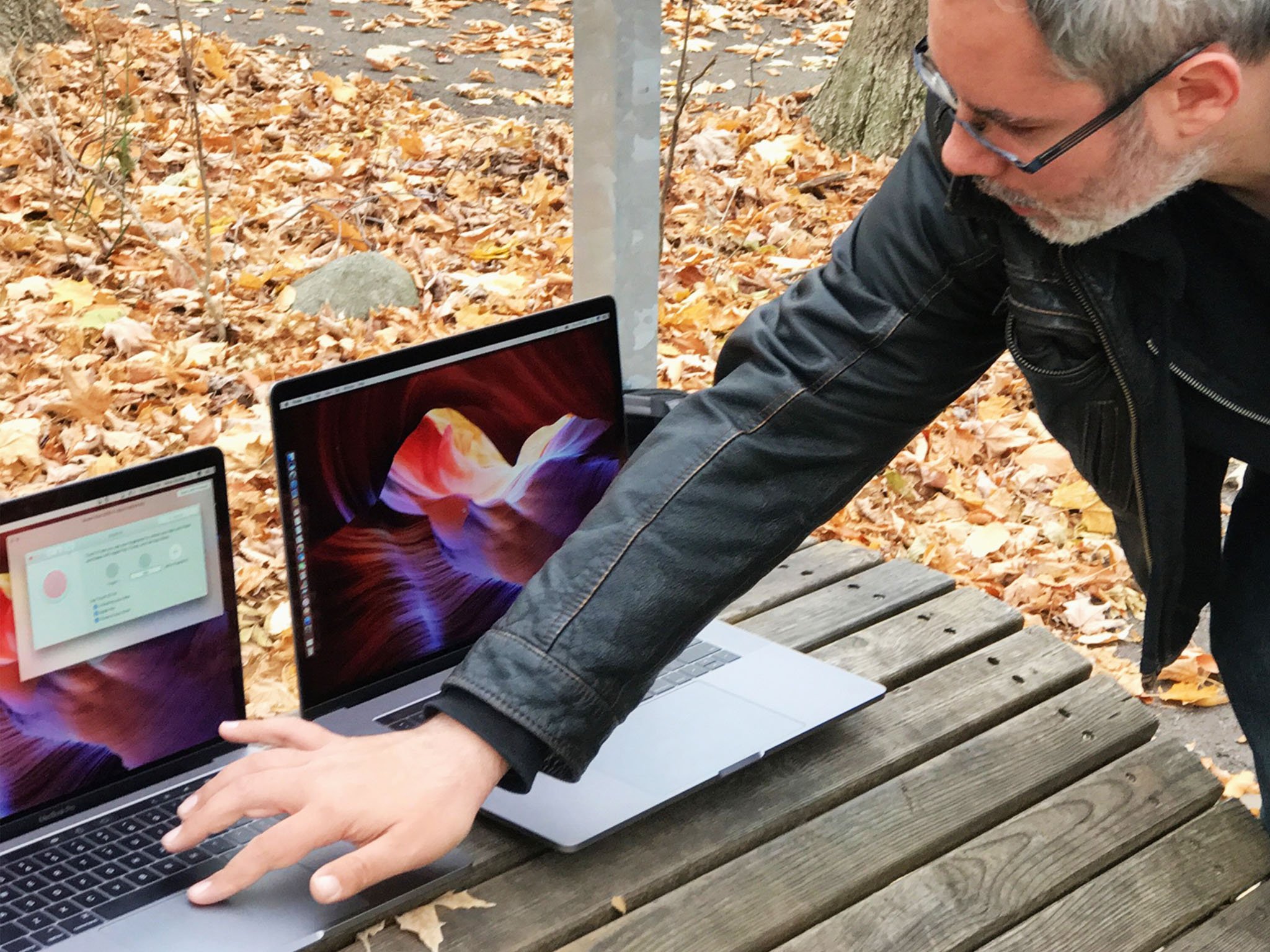
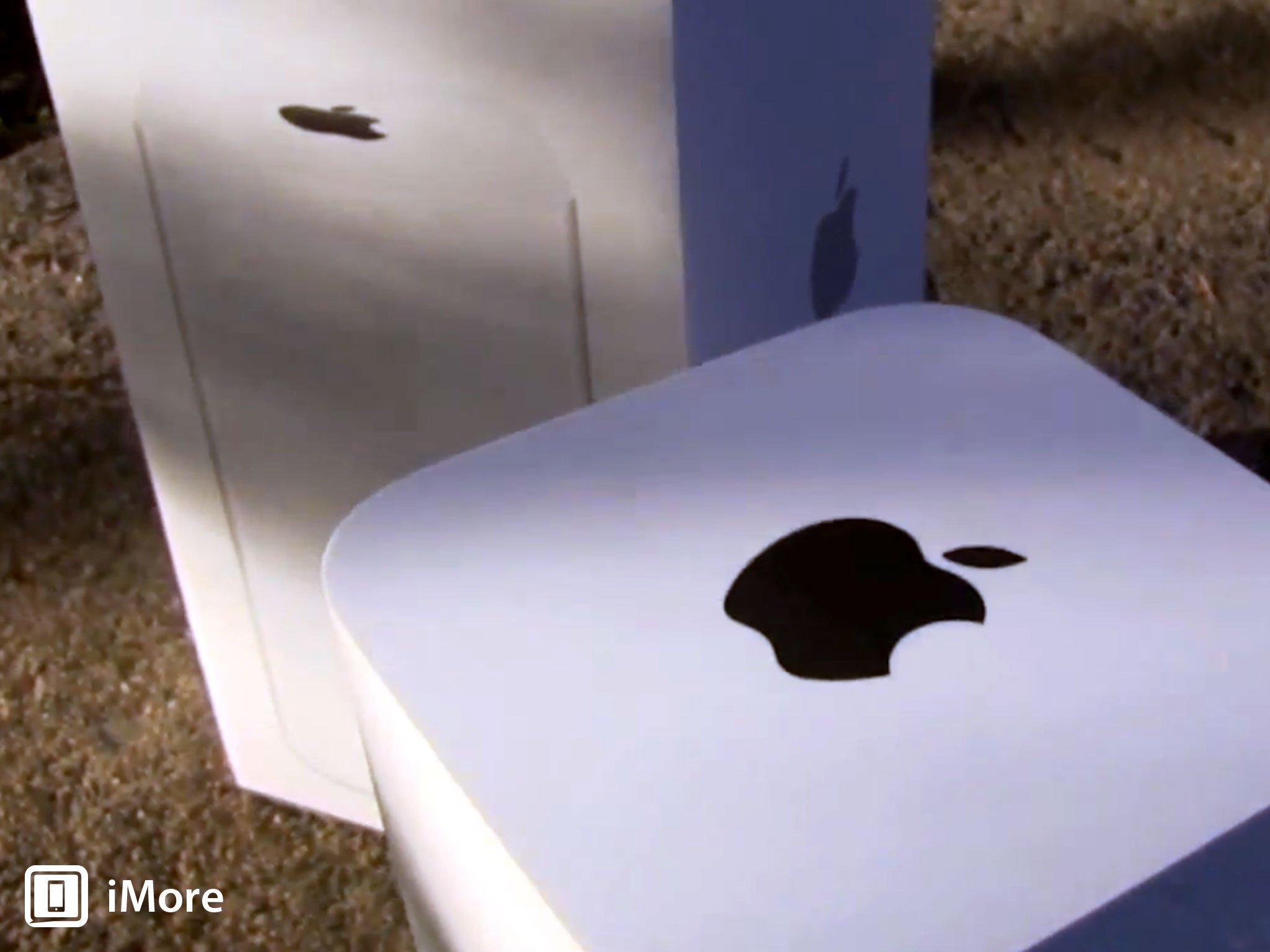
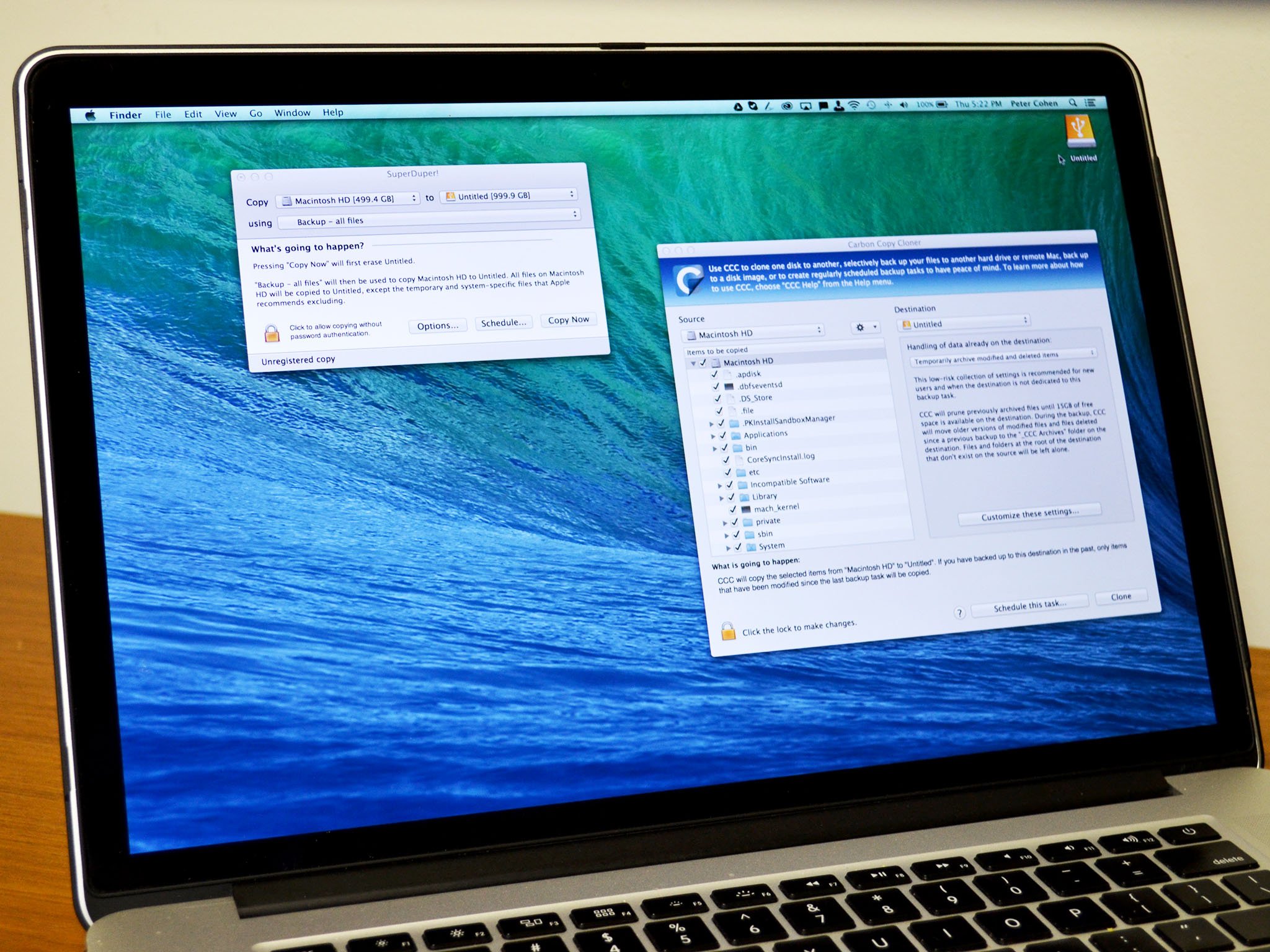
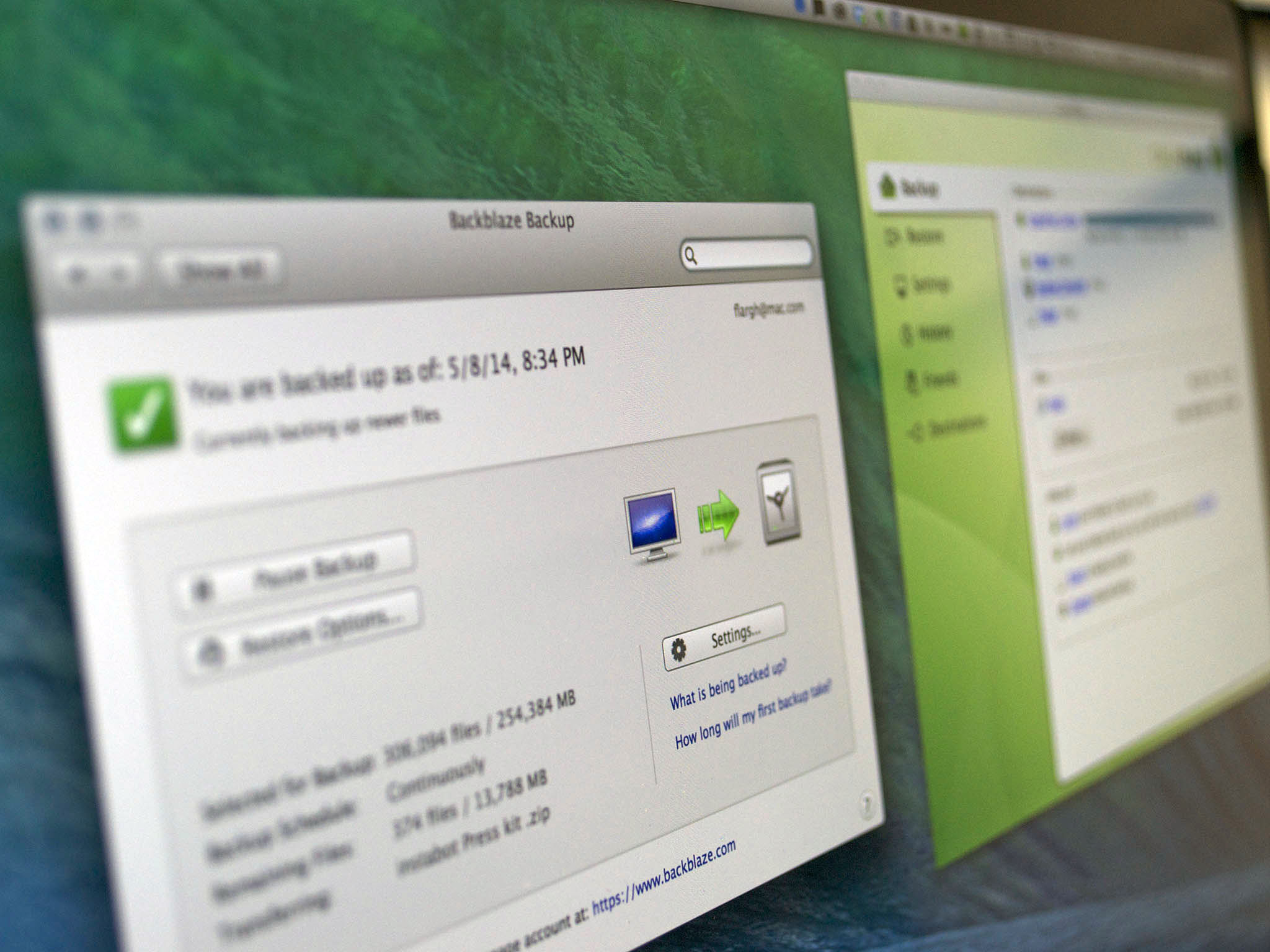
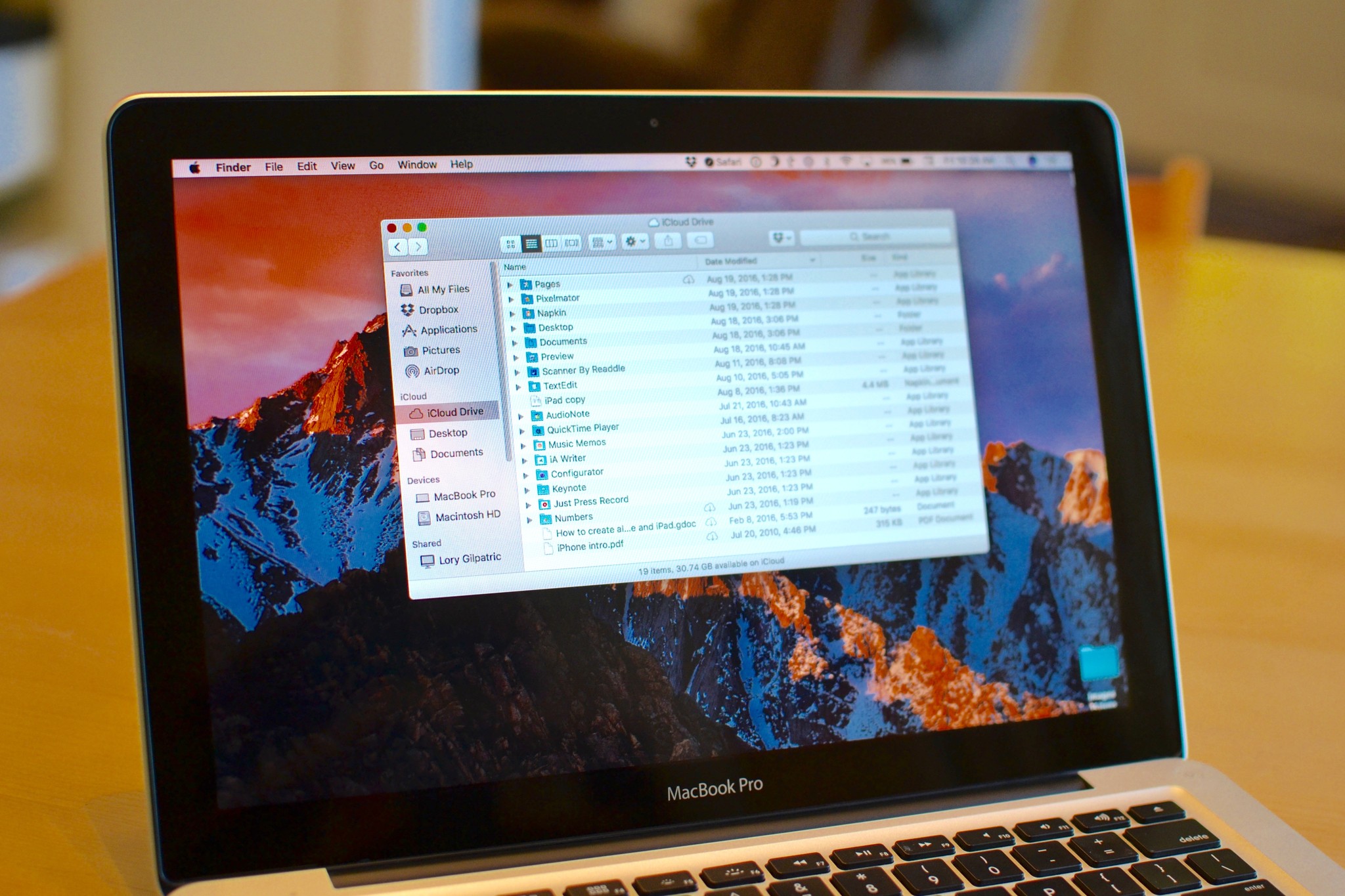
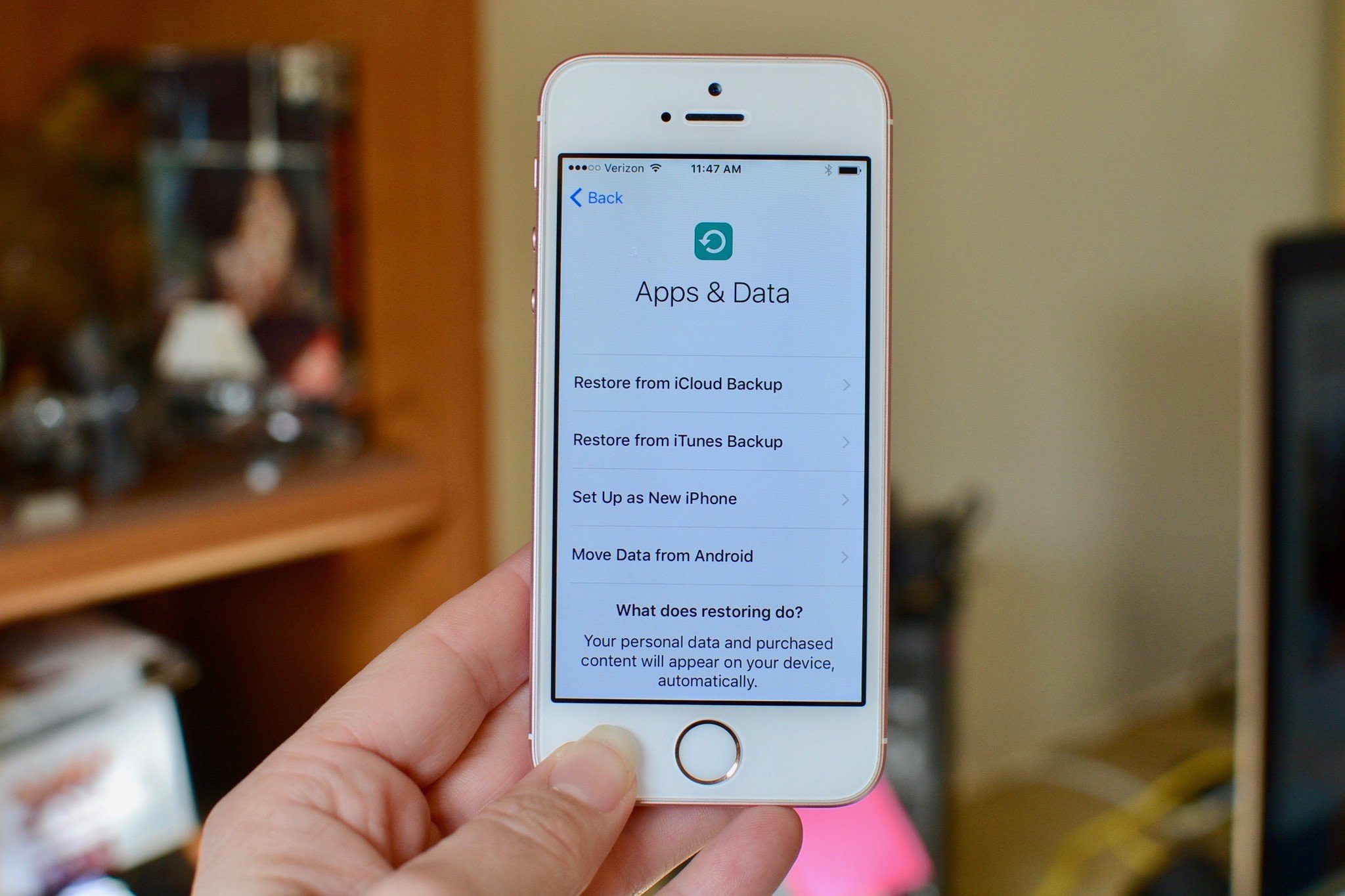
No comments:
Post a Comment